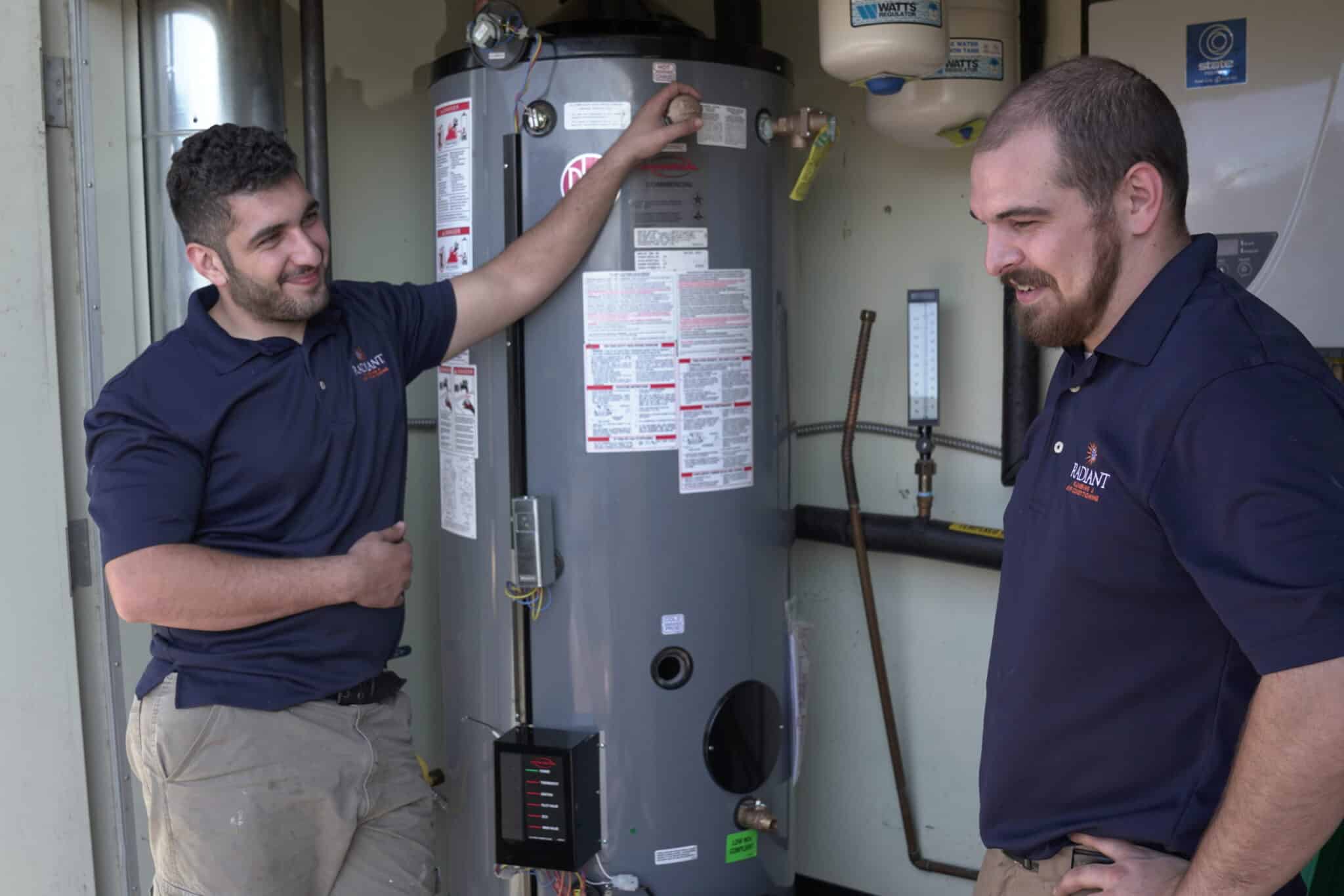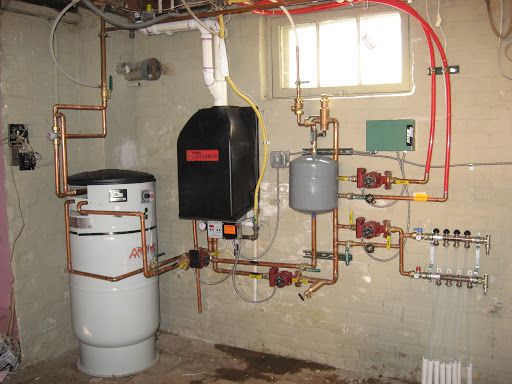Just how do you feel when it comes to Water Heater Maintenance Tips You Can't Afford to Forget?

Warm water is important for daily convenience, whether it's for a refreshing shower or cleaning meals. To ensure your warm water system runs efficiently and lasts longer, regular maintenance is essential. This article provides sensible pointers and understandings on how to maintain your home's warm water system to avoid disruptions and costly fixings.
Intro
Keeping your home's hot water system could seem complicated, but with a few basic steps, you can ensure it runs smoothly for several years to find. This overview covers whatever from recognizing your hot water system to DIY upkeep suggestions and recognizing when to contact professional assistance.
Importance of Keeping Your Hot Water System
Normal maintenance not only expands the life expectancy of your warm water system but additionally ensures it runs successfully. Overlooking upkeep can bring about decreased effectiveness, greater energy expenses, and also early failure of the system.
Indications Your Warm Water System Demands Maintenance
Understanding when your warm water system requires attention can avoid significant concerns. Look out for indications such as irregular water temperature level, strange noises from the heating unit, or rustic water.
Recognizing Your Hot Water System
Before diving right into upkeep jobs, it's handy to understand the fundamental elements of your warm water system. Typically, this includes the water heater itself, pipes, anode rods, and temperature controls.
Regular Monthly Upkeep Tasks
Normal monthly checks can help catch minor issues before they escalate.
Flushing the Water Heater
Flushing your water heater eliminates sediment accumulation, enhancing effectiveness and extending its life.
Monitoring and Changing Anode Rods
Anode poles stop deterioration inside the container. Evaluating and changing them when broken is crucial.
Inspecting and Changing Temperature Level Settings
Adjusting the temperature level setups guarantees optimum performance and security.
Do It Yourself Tips for Upkeep
You can perform numerous upkeep jobs on your own to keep your hot water system in leading condition.
Looking for Leakages
Consistently evaluate pipelines and links for leaks, as these can cause water damage and higher bills.
Testing Stress Alleviation Valves
Checking the stress relief valve ensures it functions appropriately and protects against too much pressure buildup.
Protecting Pipes
Shielding warm water pipes reduces warmth loss and can conserve energy.
When to Call an Expert
While DIY upkeep is helpful, some problems require specialist competence.
Complex Issues Calling For Expert Help
Instances include significant leaks, electric troubles, or if your water heater is consistently underperforming.
Regular Professional Upkeep Advantages
Specialist maintenance can include detailed assessments, tune-ups, and ensuring conformity with safety criteria.
Conclusion
Routine maintenance of your home's warm water system is vital for performance, longevity, and price savings. By complying with these tips and knowing when to look for professional assistance, you can ensure a trustworthy supply of hot water without unforeseen disruptions.
Water Heater Maintenance Tips
Test the TPR Valve
Shut off the power and the cold-water supply valve. Place a bucket under the pipe connected to the temperature-pressure-release (TPR) valve on the top or side of the tank. (This valve opens if the tank pressure gets too high.) Lift the valve’s tab to let some water out, then let go. If water keeps flowing, drain the tank partway, unscrew the old valve with a pipe wrench, and install a new one. Check the Anode Rod
Put a hose to the tank’s drain cock and let out a few gallons of water. Now fit a 1 1/16-inch socket onto the rod’s hex head on top of the heater (or under its top plate) and unscrew the rod. If it’s less than ½ inch thick or coated with calcium, buy a new one, wrap its threads with Teflon tape, put it back in the tank, and tighten securely. Use this segmented rod if headroom above the tank is limited. Drain the Tank and Wash Out Sediment
Drain the remaining water in the tank into the bucket, then stir up the sediment on the tank’s bottom by briefly opening the cold-water supply valve. Drain and repeat until clean water comes out of the hose. Close the drain cock, refill the tank, and turn its power back on. Adjust the Temperature
Find the temperature dial on the side of the tank and unscrew its cover. Adjust the dial to 120 degrees using a flathead screwdriver. For every 10 degrees the temperature is lowered, you can expect to save up to 5 percent in energy costs. Turn the water heater off or the thermostat down to its lowest setting if you plan to be away from home for more than three days. Insulate the Pipes
Buy some self-sticking 3/8-inch-thick foam pipe insulation that matches the pipes’ diameter. Slide the foam over the hot-and cold-water pipes as far as you can reach. Insulating the cold-water pipe prevents condensation in summer. Peel the tape and squeeze the insulation closed. If the pipe is 6 inches or less from the flue, cover it with 1-inch-thick unfaced fiberglass pipe wrap. https://www.thisoldhouse.com/plumbing/21016402/how-to-maintain-a-water-heater

As a person who reads on Tips For Maintaining Your Hot Water Heater, I imagined sharing that information was smart. Enjoyed reading our posting? Please quickly share it. Let somebody else find it. Bless you for your time. Come back soon.
Book Appointment